Are you ready to start on a grand gaming adventure like no other? Imagine having a gaming PC that can handle the most demanding titles with ease, delivering stunning illustrations and flawless gameplay. building your dream gaming PC is the key to unleashing this extraordinary experience. But where do you begin? How do you choose the right factors that will make your gaming dreams come true? In this composition, we will guide you through the inspiriting trip of building your ultimate gaming carriage.
To build a gaming computer that meets one’s desired specifications, it is imperative to undertake a thorough evaluation of the various components involved. This process requires a accurate consideration of each component’s compatibility and ability to work in agreement with the others, in order to achieve optimal efficiency and performance. From the processor and plate card to the motherboard and RAM, every piece plays a vital part in shaping your gaming experience.
We will explore the stylish options available, considering factors similar as budget, performance, so you can make informed opinions that arrange with your requirements.
Benefits of Having a Gaming Setup
Gaming has evolved from a simple pastime into a thriving industry, and having a dedicated gaming setup can enhance your gaming experience in numerous ways. Whether you’re a casual gamer or a professional eSports player, investing in a high-quality gaming setup offers a wide array of benefits.
1. Immersive Gaming Experience
A proper gaming setup, complete with a high-resolution monitor, surround sound speakers, and ergonomic peripherals, immerses you in the game world. Crisp graphics, realistic sound effects, and responsive controls create a truly immersive gaming experience that allows you to escape reality and dive into the virtual realm.
2. Improved Performance
Gaming setups often feature powerful gaming PCs or consoles with advanced hardware components. These high-performance systems ensure smooth gameplay, quick load times, and minimal lags. A well-optimized gaming setup can handle resource-intensive games effortlessly, allowing you to enjoy games at their best without frustrating interruptions.
3. Ergonomic Comfort
Gaming chairs with lumbar support, adjustable armrests, and ergonomic designs provide comfort during long gaming sessions. Proper ergonomics reduce the risk of strain, ensuring you can game for hours without discomfort. Additionally, gaming desks with ample space for peripherals and accessories enhance organization and efficiency.
4. Social Interaction
Gaming setups enable online multiplayer gaming, connecting you with players from around the world. Whether you’re teaming up with friends or competing against strangers, online gaming fosters social interaction and camaraderie. Gaming communities offer a platform to meet like-minded individuals, share experiences, and form lasting friendships.
5. Skill Development
Video games challenge your cognitive abilities, reflexes, and strategic thinking. Regular gaming hones your hand-eye coordination, problem-solving skills, and multitasking abilities. Certain games also encourage teamwork and communication, fostering valuable social skills that are applicable in various real-life situations.
6. Stress Relief and Entertainment
Gaming serves as a form of entertainment and stress relief. Engaging gameplay distracts your mind from daily stressors, providing an enjoyable escape. Single-player games often feature compelling narratives, allowing you to immerse yourself in captivating stories, akin to reading a good book or watching a movie.
7. Streaming and Content Creation
A gaming setup equipped with a high-quality microphone, camera, and streaming software allows you to share your gaming experiences with others. Many gamers stream their gameplay on platforms like Twitch or YouTube, creating content, building communities, and even earning income through sponsorships and donations.
8. Personalization and Customization
Gaming setups are highly customizable, reflecting your personal style and preferences. You can choose gaming peripherals with customizable RGB lighting, create unique themes, and personalize your space with gaming-related decor. This customization adds a personal touch to your gaming environment, making it truly your own.
Components of a Gaming Setup
- Central Processing Unit (CPU) : The CPU acts as the brain of your gaming PC, handling all the calculations and instructions. For gaming purposes, it’s recommended to choose a high-performance CPU with multiple cores and a high clock speed. Popular options include Intel Core i7 and AMD Ryzen processors.
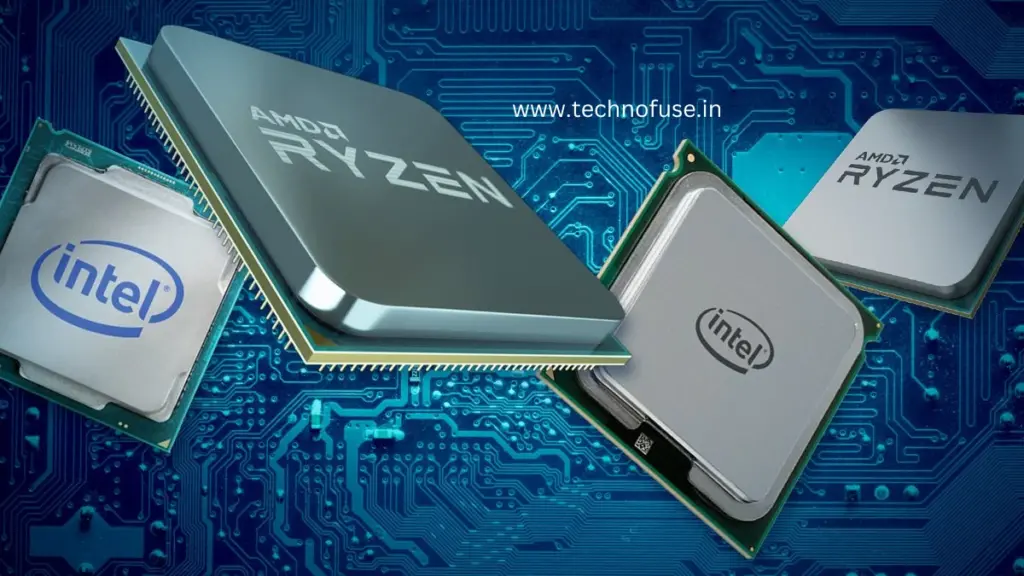
- Graphics Processing Unit (GPU) : The GPU is responsible for rendering the graphics in your games. It’s essential to invest in a powerful GPU to ensure smooth gameplay and stunning visuals. NVIDIA GeForce and AMD Radeon are two prominent GPU manufacturers to consider.

- Random Access Memory (RAM) : RAM plays a crucial role in gaming performance by temporarily storing data that the CPU needs to access quickly. Aim for at least 8GB of RAM for a smooth gaming experience, but 16GB or more is recommended for higher-end games.
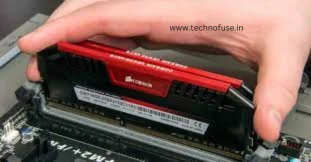
- Storage Options : There are two primary types of storage options: Solid State Drives (SSD) and Hard Disk Drives (HDD). SSDs offer faster loading times and better overall performance, making them ideal for storing your operating system and frequently played games. HDDs, on the other hand, provide more storage space at a lower cost.
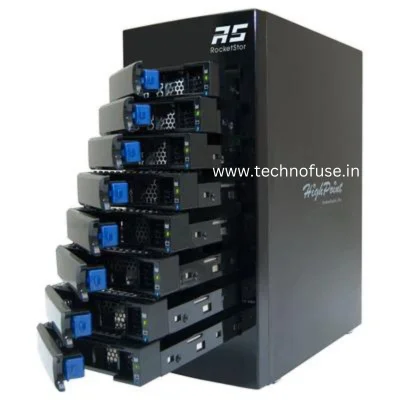
- Motherboard : The motherboard serves as the foundation for all other components in your gaming PC. Ensure compatibility with your chosen CPU and other components, and consider factors such as available expansion slots, connectivity options, and future upgradability.

- Power Supply Unit (PSU) : Choosing the right power supply is crucial to ensure stable and reliable power delivery to your components. Opt for a PSU with sufficient wattage and efficiency ratings, such as 80 Plus Bronze or Gold.
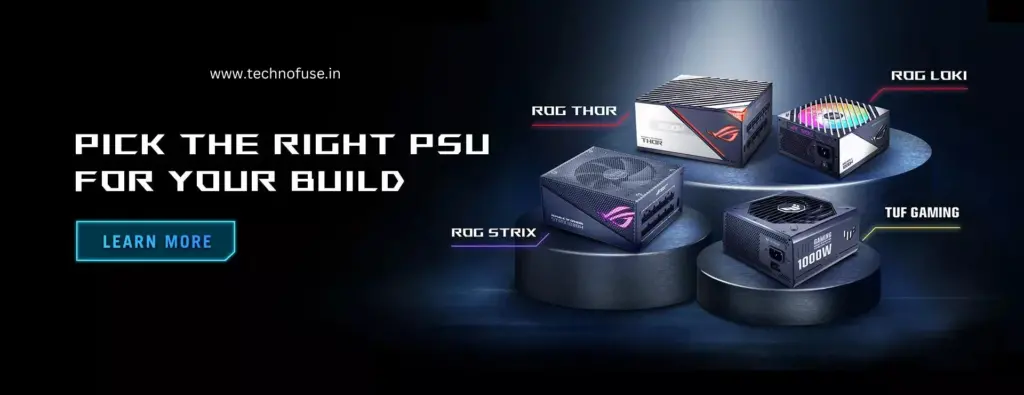
- Cooling System : Proper cooling is essential to prevent overheating and maintain optimal performance. Consider options such as air coolers or liquid cooling solutions to keep your CPU and GPU temperatures in check.
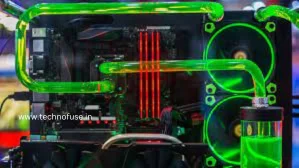
Building Your Dream Gaming PC
Now that you have a clear understanding of the essential components, it’s time to dive into the process of building your dream gaming PC. Follow these step-by-step instructions to ensure a successful build:
Step 1: Prepare Your Workspace : Before you start assembling your gaming PC, set up a clean and well-lit workspace. Ensure you have all the necessary tools, including screwdrivers, thermal paste, cable ties, and an anti-static wrist strap to protect your components from static electricity.
Step 2: Install the CPU and Cooler : Start by gently inserting the CPU into the motherboard’s CPU socket, ensuring correct alignment with the notches. Apply a small amount of thermal paste on the CPU’s surface, then carefully mount the CPU cooler, following the manufacturer’s instructions.
Step 3: Install RAM and Storage Drives : Insert your RAM sticks into the appropriate slots on the motherboard, applying gentle pressure until they click into place. Next, install your storage drives, whether it’s an SSD or HDD, using the appropriate cables and mounting brackets.
Step 4: Mount the Motherboard : Carefully place the motherboard into the case, aligning the screw holes. Use the provided screws to secure the motherboard, ensuring it’s firmly in place. Connect the necessary cables, such as the power supply, storage, and case fans, to the motherboard.
Step 5: Install the GPU and Power Supply : Insert your GPU into the appropriate PCI-E slot on the motherboard, ensuring a secure fit. Connect the necessary power cables from the power supply to the GPU. Install the power supply into the designated area in the case, securing it with screws.
Step 6: Cable Management and Final Touches : Take the time to neatly route and secure the cables using cable ties or clips. Proper cable management improves airflow and aesthetics. Double-check all connections, ensuring everything is firmly in place. Close the case and connect your peripherals, such as the monitor, keyboard, and mouse.
Optimizing Your Gaming Experience
Building your dream gaming PC is only the first step. To truly optimize your gaming experience, consider the following tips and tricks:
- Update Drivers: Regularly update your GPU drivers to ensure compatibility and take advantage of performance optimizations released by manufacturers.
- Overclocking: If you’re comfortable with advanced settings, you can overclock your CPU and GPU to squeeze out extra performance. However, proceed with caution and ensure proper cooling.
- Monitor Refresh Rate: Invest in a high-refresh-rate monitor to enjoy smoother visuals and reduce motion blur during fast-paced gaming.
- Customize Graphics Settings: Adjust in-game graphics settings to strike a balance between visuals and performance. Experiment with different configurations to find the sweet spot for your gaming rig.
Conclusion
Building your dream gaming PC is an exciting and rewarding attempt that allows you to create a personalized gaming experience. By selecting the right components, following the step-by-step assembly process, and optimizing your setup, you’ll be well on your way to gaming greatness. So, roll up your sleeves, unleash your creativity, and start building the gaming PC of your dreams!
Frequently Asked Questions
Q: How much does it cost to build a gaming PC?
A: The cost of building a gaming PC can vary widely depending on your preferences and budget. You can build a decent gaming PC for around $800 to $1000, but high-end setups can cost several thousand dollars.
Q: Can I use a gaming PC for other tasks besides gaming?
A: Absolutely! Gaming PCs are versatile machines that can handle various tasks, such as video editing, 3D rendering, and streaming. Their powerful hardware makes them ideal for demanding applications.
Q: Do I need to be a tech expert to build a gaming PC?
A: Not necessarily. With proper research, guidance, and attention to detail, even beginners can successfully build their gaming PCs. There are plenty of online resources, tutorials, and communities that can assist you throughout the process.
Q: How long does it take to build a gaming PC?
A: The time required to build a gaming PC can vary depending on your experience level and the complexity of your build. On average, it can take anywhere from a few hours to a full day to complete the build.
Q: Should I buy pre-built gaming PCs instead of building one?
A: Pre-built gaming PCs can be convenient, especially if you lack the time or confidence to build one yourself. However, building your own gaming PC allows for customization, potential cost savings, and a better understanding of your system.
Q: How often should I upgrade my gaming PC?
A: The frequency of upgrades depends on your specific needs and the rate of technological advancements. Generally, gamers upgrade their PCs every 3-5 years to keep up with the latest games and hardware requirements.
